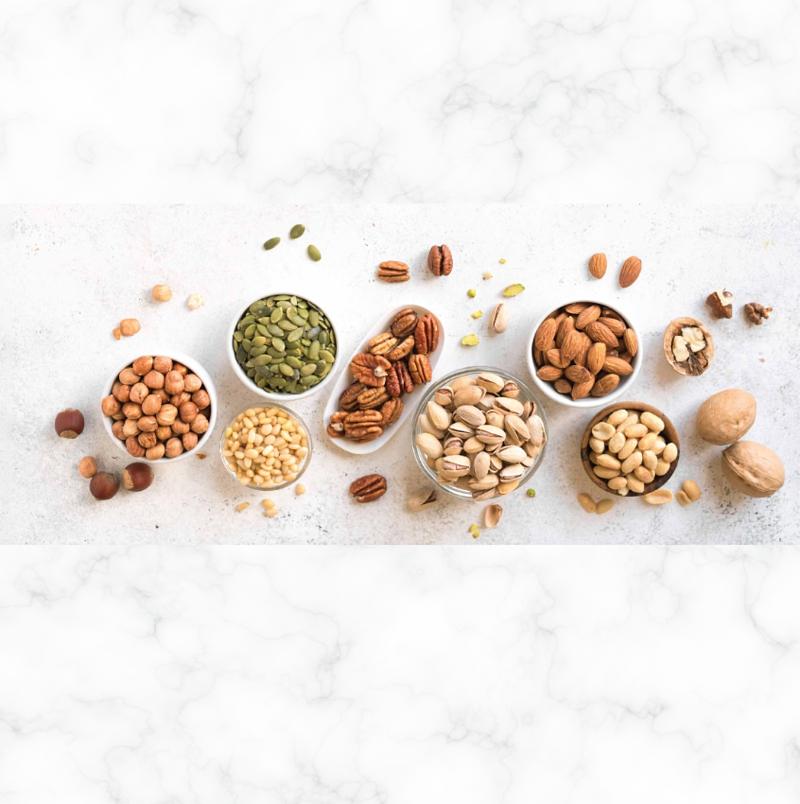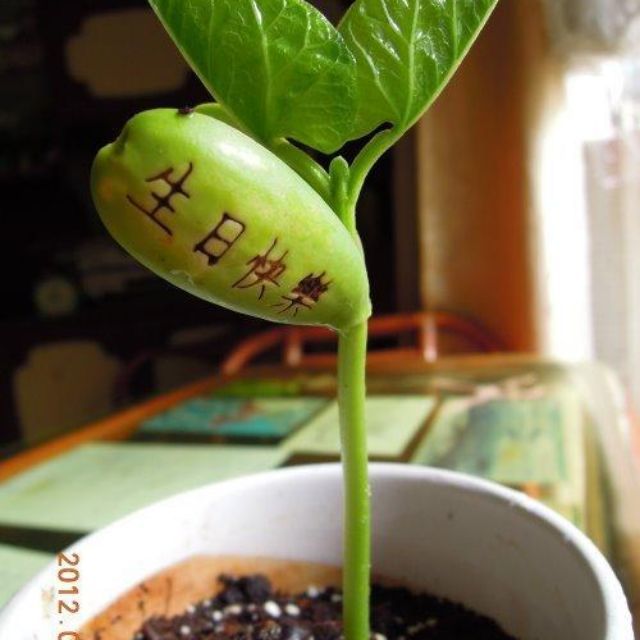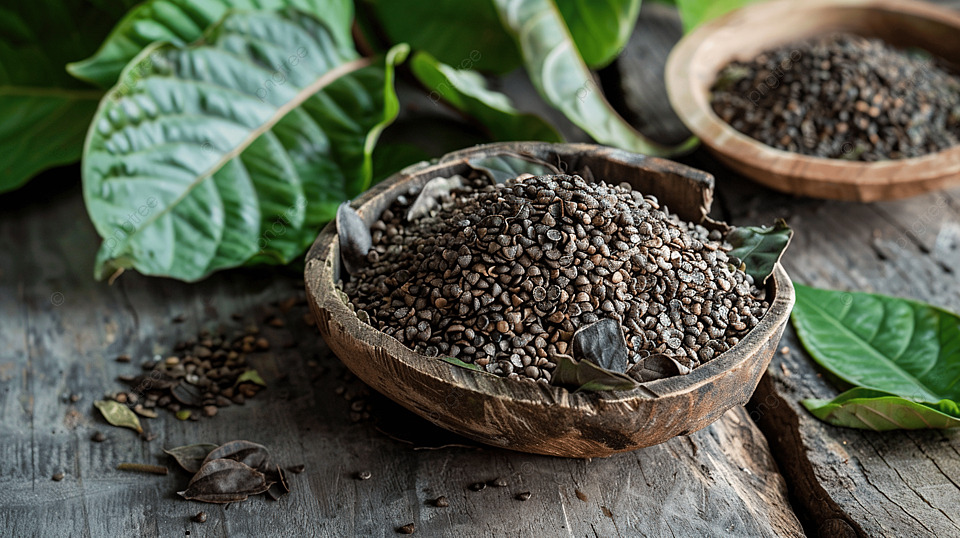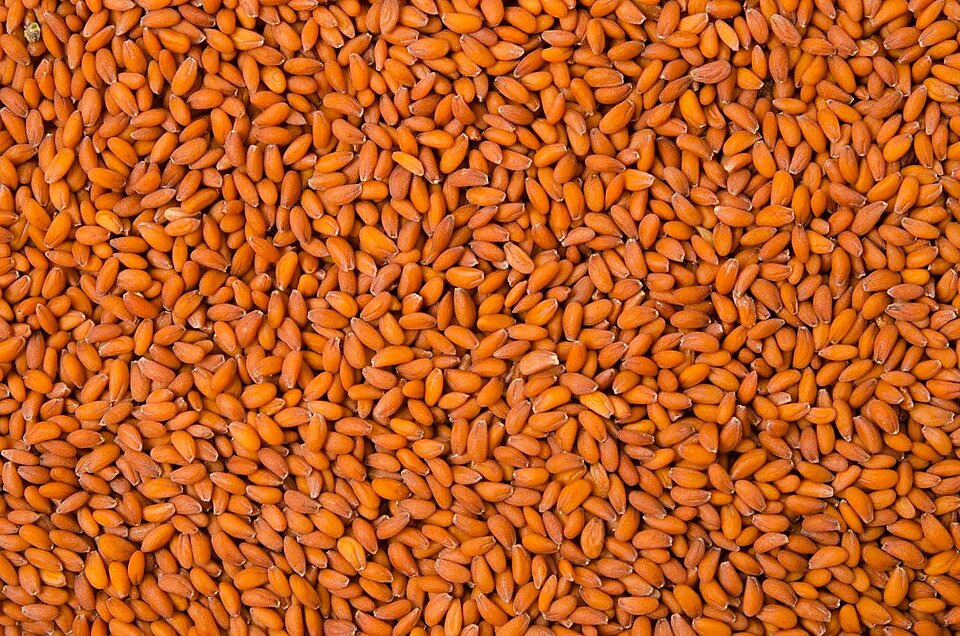Introduction: The Marvel of Monocots
In the intricate tapestry of nature, monocot seeds weave a tale of resilience, adaptation, and diversity. These diminutive powerhouses, belonging to the monocotyledonous plant group, have captivated scientists and gardeners alike with their unique features and vital ecological roles. Unlike dicots, which typically possess two seed leaves (cotyledons), monocots sprout with a single cotyledon, marking the beginning of a fascinating journey from dormancy to life. This article delves into the world of monocot seeds, unraveling their structure, germination process, ecological significance, and the human connection that spans agriculture, horticulture, and our quest for sustainable living.
The Anatomy of a Monocot Seed: A Glimpse Inside
Encased in protective shells, monocot seeds harbor a microcosm of life within. At the heart of this tiny package lies the embryo, nestled between the endosperm—a nutritive tissue that fuels initial growth—and the tough outer layer known as the seed coat. The single cotyledon, in contrast to dicots’ dual setup, serves as the first green leaf, photosynthesizing once it breaches the soil surface. This unique arrangement is an adaptation that enables rapid establishment in diverse habitats, from grasslands to rainforests. The endosperm, rich in carbohydrates, provides the necessary energy for the embryonic root (radicle) to pierce the seed coat and initiate the germination process.

Germination Dynamics: From Dormancy to Sprout
Monocot seeds exhibit a range of germination strategies tailored to their environment. Some rely on environmental cues such as temperature, moisture, or light to break dormancy, ensuring optimal conditions for growth. Others employ chemical signals within the seed itself to synchronize germination with favorable seasons. The hydration of the seed triggers enzymes that convert stored starches into sugars, fuelling cell expansion and the emergence of the radicle. This critical transition from quiescence to vitality highlights nature’s intricate mechanisms for survival and propagation. The subsequent shoot growth pierces the soil, guided by gravity and phototropism, marking the beginning of the monocot’s above-ground journey.
Ecological Significance: Pillars of Biodiversity
Monocots, including grasses, orchids, and lilies, form the backbone of many ecosystems worldwide. Grasses, in particular, dominate vast expanses like prairies and savannas, providing essential habitat for countless species. Their seeds are integral to food chains, supporting herbivores and, indirectly, carnivores. Additionally, monocots play a pivotal role in soil health; their extensive root systems prevent erosion, enhance soil structure, and contribute to carbon sequestration. The floral diversity among monocots also fosters pollinator networks, with intricate flower structures evolved to attract specific insects or birds for efficient cross-pollination. This intricate web of interdependence underscores the ecological significance of monocot seeds in maintaining biodiversity and ecosystem services.

Agricultural Revolution: Humanity’s Alliance with Monocots
Human civilization owes much of its progress to the cultivation of monocots, especially cereal grains such as wheat, rice, and corn. These crops, domesticated over millennia, have become dietary staples, fueling human populations and driving agricultural revolutions. Understanding the biology of monocot seeds, including genetics and breeding techniques, has enabled farmers to enhance yield, disease resistance, and adaptability to different climates. This partnership between humans and monocots not only feeds the world but also shapes landscapes and cultures, underscoring our profound interdependence with these tiny miracles of nature.
Horticultural Wonders: Cultivating Beauty and Diversity
Beyond sustenance, monocots have captivated gardeners and horticulturists with their stunning beauty and versatility. From the intricate symmetry of a daffodil to the towering elegance of a bamboo grove, monocots offer a palette of colors, textures, and forms that enrich our gardens and lives. Horticultural practices often exploit the unique germination requirements of monocots, such as cold stratification for spring bulbs, to manipulate bloom times and create stunning seasonal displays. Furthermore, the cultivation of ornamental monocots contributes to biodiversity conservation, preserving rare species and fostering appreciation for the natural world.

The Future of Monocots: Seeds of Sustainability
In an era of climate change and biodiversity loss, monocot seeds hold the key to resilient ecosystems and sustainable agriculture. Research into stress-tolerant varieties, genetic diversity preservation, and innovative cultivation methods aims to mitigate the impacts of environmental challenges. For instance, developing drought-resistant crop strains can ensure food security in arid regions. Additionally, monocots like switchgrass and Miscanthus are being explored as bioenergy crops, offering a renewable alternative to fossil fuels. By harnessing the potential of monocot seeds, we can foster a more sustainable future where nature’s tiny miracles continue to thrive and support life on Earth.
Monocots: Guardians of Biodiversity and Ecosystem Health
Beyond their direct benefits to humanity, monocots play a pivotal role in maintaining global biodiversity and ecosystem health. These plants, with their unique characteristics such as parallel veins and flower parts in multiples of three, dominate many terrestrial and aquatic ecosystems. They form the basis of complex food webs, supporting a myriad of wildlife from insects to large mammals. Prairies dominated by grasses (a type of monocot) serve as critical habitats for numerous bird species and help sequester carbon, contributing to climate change mitigation.

Sustainable Farming Practices and Monocot Crops
In the quest for sustainable agriculture, monocots are at the forefront of farming systems designed to minimize environmental impact while maximizing productivity. Techniques such as crop rotation, intercropping, and agroforestry integrate monocots like legumes and cereals to improve soil health, reduce erosion, and control pests naturally. The deep-rooted nature of some monocots, like sorghum, helps them access nutrients and water from deeper soil layers, reducing the need for synthetic fertilizers and irrigation.
Genetic Diversity: A Treasure Trove for Resilience
The vast genetic diversity within monocots is a treasure trove for plant breeders and conservationists. Wild relatives of cultivated monocots harbor traits that could be crucial for adapting to changing climatic conditions, such as heat tolerance or pest resistance. Initiatives to collect, conserve, and study these genetic resources are vital for future-proofing our food systems. Gene banks and seed vaults around the world safeguard monocot seeds, ensuring a legacy of biodiversity for generations to come.
Monocots in Urban Landscapes: Greening Cities
As urbanization accelerates, monocots are integral to creating sustainable and livable cities. Ornamental grasses and flowering monocots like daylilies and irises enhance green spaces, improving air quality, reducing the urban heat island effect, and providing habitat for urban wildlife. Incorporating monocots in green roofs, living walls, and rain gardens contributes to stormwater management, reducing flooding and replenishing groundwater.

Conclusion: Seeds of Life, Seeds of Hope
Monocot seeds, these diminutive packages of life, encapsulate the essence of nature’s ingenuity and resilience. From their intricate anatomy to their ecological and cultural significance, they represent a vital link in the chain of existence. As we continue to explore and understand these tiny marvels, we unlock possibilities for sustainable agriculture, biodiversity conservation, and a deeper connection with the natural world. In nurturing monocot seeds, we nurture hope for a future where humanity and nature coexist in harmony, guided by the wisdom of these remarkable life-giving entities.
